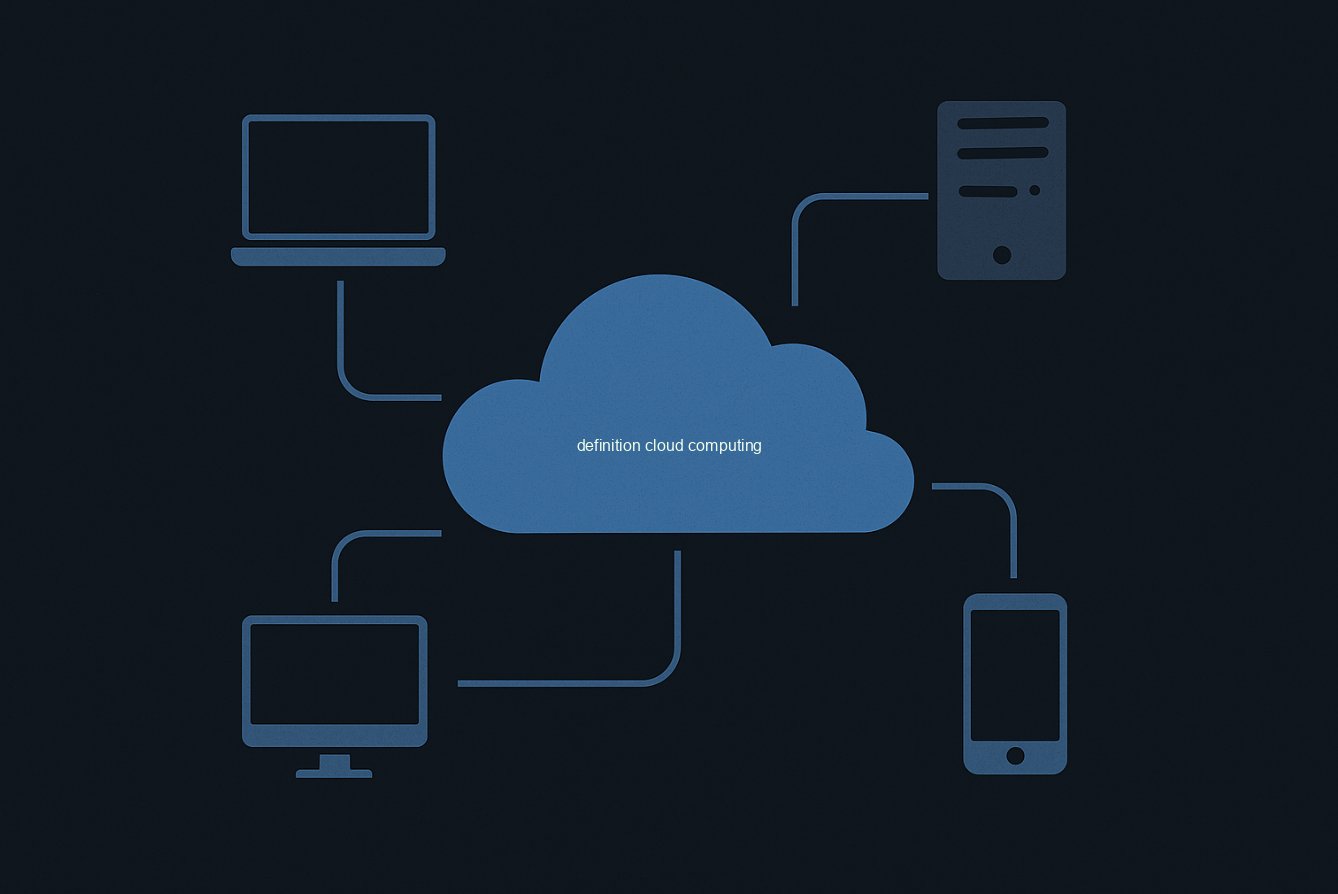Advertisement
An Introduction to Cloud Computing
Cloud computing is a technology that enables users to access and store data and applications over the internet instead of on their local devices. In simple terms, it allows users to access computing resources without the need for in-depth knowledge of how the technology works. This technology has revolutionized the way businesses and individuals store and access their information, providing a more efficient and cost-effective solution compared to traditional methods.
Understanding the Basics
Cloud computing involves the delivery of various services over the internet, such as servers, storage, databases, networking, software, and analytics. These services are accessed and managed remotely, allowing users to access them on-demand without the need for physical hardware or infrastructure. In essence, it shifts the responsibility of managing and maintaining computing resources to third-party providers, allowing users to focus on their core business activities.
The Key Components of Cloud Computing
There are three main components of cloud computing: Infrastructure as a Service (IaaS), Platform as a Service (PaaS), and Software as a Service (SaaS). IaaS provides virtualized computing resources over the internet, PaaS offers a platform for developers to build, deploy, and manage applications, and SaaS delivers software applications over the internet on a subscription basis.
Benefits of Cloud Computing
One of the key strengths of cloud computing is scalability, allowing organizations to scale their resources up or down based on demand. Additionally, it offers cost savings as users only pay for the resources they consume, reducing the need for large upfront investments in hardware. Cloud computing also promotes collaboration and flexibility, enabling teams to work together on projects from anywhere in the world.
Challenges and Limitations
While cloud computing offers numerous benefits, it also comes with its set of challenges and limitations. Security and privacy concerns are some of the main drawbacks, as users entrust their data to third-party providers, which may raise concerns about data breaches or unauthorized access. Additionally, the dependence on internet connectivity can be a limiting factor for users in remote locations or areas with unreliable internet access.
Addressing Security Concerns
Providers of cloud computing services implement various security measures to protect user data, such as encryption, multi-factor authentication, and regular security audits. Users can also take steps to enhance the security of their data, such as implementing strong passwords, restricting access to sensitive information, and regularly updating software and applications.
Choosing the Right Cloud Service Provider
When selecting a cloud service provider, organizations should consider factors such as reliability, security, scalability, data recovery, and cost. It’s essential to choose a provider that aligns with the organization’s needs and budget while ensuring the security and availability of data and applications.
Table: Comparison of Cloud Computing Services
| Service | Description | Examples |
|---|---|---|
| IaaS | Provides virtualized computing resources | Amazon Web Services, Microsoft Azure |
| PaaS | Offers a platform for developers | Google App Engine, Heroku |
| SaaS | Delivers software applications | Salesforce, Microsoft Office 365 |
Frequently Asked Questions about Cloud Computing
1. What is the difference between public, private, and hybrid clouds?
The biggest difference between these cloud types is who owns, runs, and accesses the cloud infrastructure. Public clouds are owned and operated by third-party providers, while private clouds are dedicated to a single organization. Hybrid clouds combine elements of both public and private clouds, offering the flexibility of both models.
Advertisement
2. How secure is cloud computing?
Cloud computing providers invest heavily in security measures to protect user data. However, users should also take measures to secure their data, such as using strong passwords, encryption, and multi-factor authentication. It’s crucial to understand the shared responsibility model in cloud security.
3. What are the cost implications of cloud computing?
Cloud computing offers cost savings through pay-as-you-go pricing models, eliminating the need for large upfront investments in hardware. However, users should carefully monitor their usage to avoid unnecessary costs and optimize resource allocation.
4. How does cloud computing impact data privacy?
While cloud computing providers implement robust security measures, users must be aware of data privacy regulations in their regions. Data encryption, data residency requirements, and contractual agreements can help maintain data privacy in the cloud.
5. What is cloud migration, and why is it important?
Cloud migration refers to the process of moving data, applications, or services to the cloud. It allows organizations to leverage the benefits of cloud computing, such as scalability and flexibility. Proper planning and execution are essential to ensure a smooth transition to the cloud.
6. Can cloud computing be used for disaster recovery?
Yes, cloud computing is an excellent solution for disaster recovery, offering redundancy and data replication across multiple locations. Organizations can leverage the cloud to ensure business continuity in the event of a disaster, minimizing downtime and data loss.
7. How does cloud computing affect the environment?
Cloud computing can have a positive impact on the environment by reducing energy consumption and carbon emissions. By consolidating data centers and optimizing resource utilization, cloud providers can operate more efficiently and sustainably.
Conclusion
In conclusion, cloud computing has transformed the way businesses and individuals access and manage data and applications. While it offers numerous benefits such as scalability, cost savings, and flexibility, users must also be aware of the potential security and privacy concerns associated with cloud computing. By selecting the right cloud service provider and implementing robust security measures, organizations can harness the full potential of cloud computing to drive innovation and growth.
Embark on your cloud computing journey today and experience the power of digital transformation!
Disclaimer
The information provided in this article is for educational and informational purposes only. It is not intended as professional advice or endorsement of any specific products or services. Readers are encouraged to conduct their research and consult with experts in the field to make informed decisions regarding cloud computing technologies.
